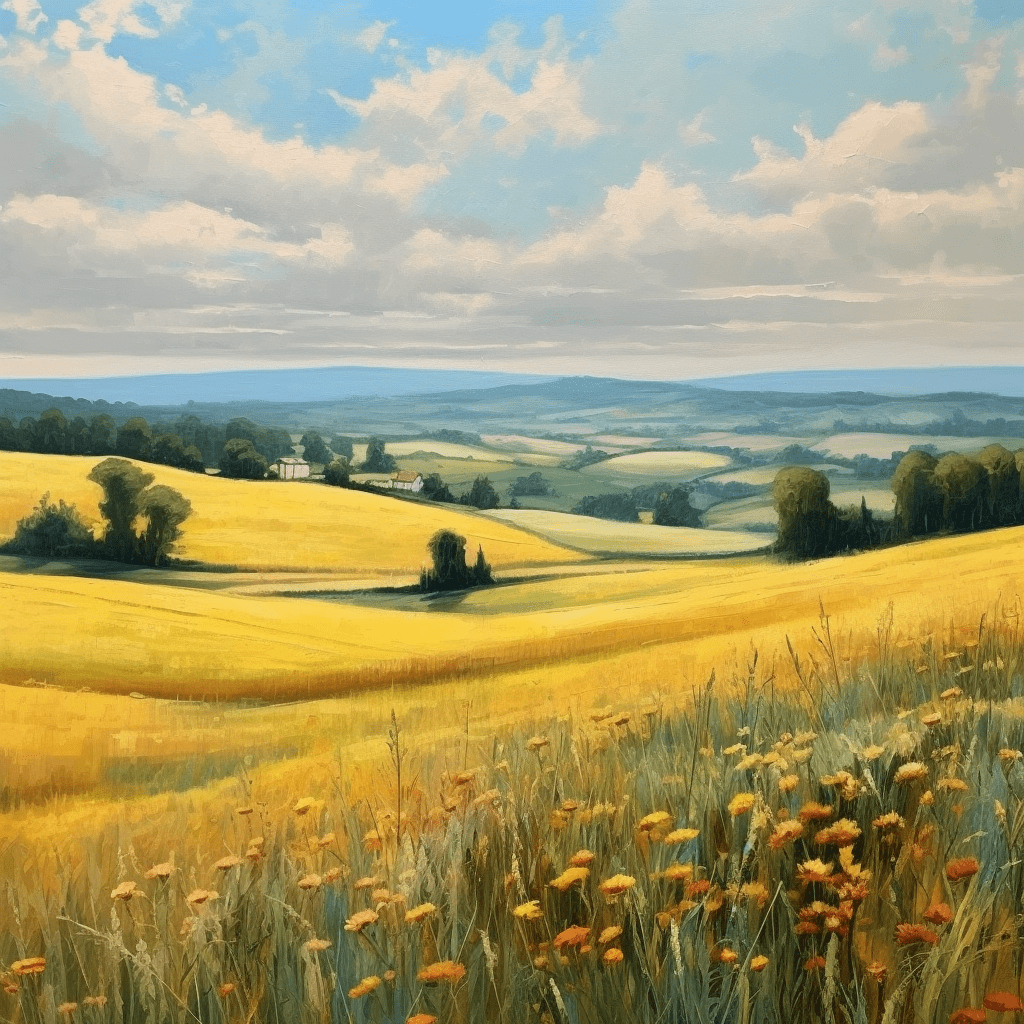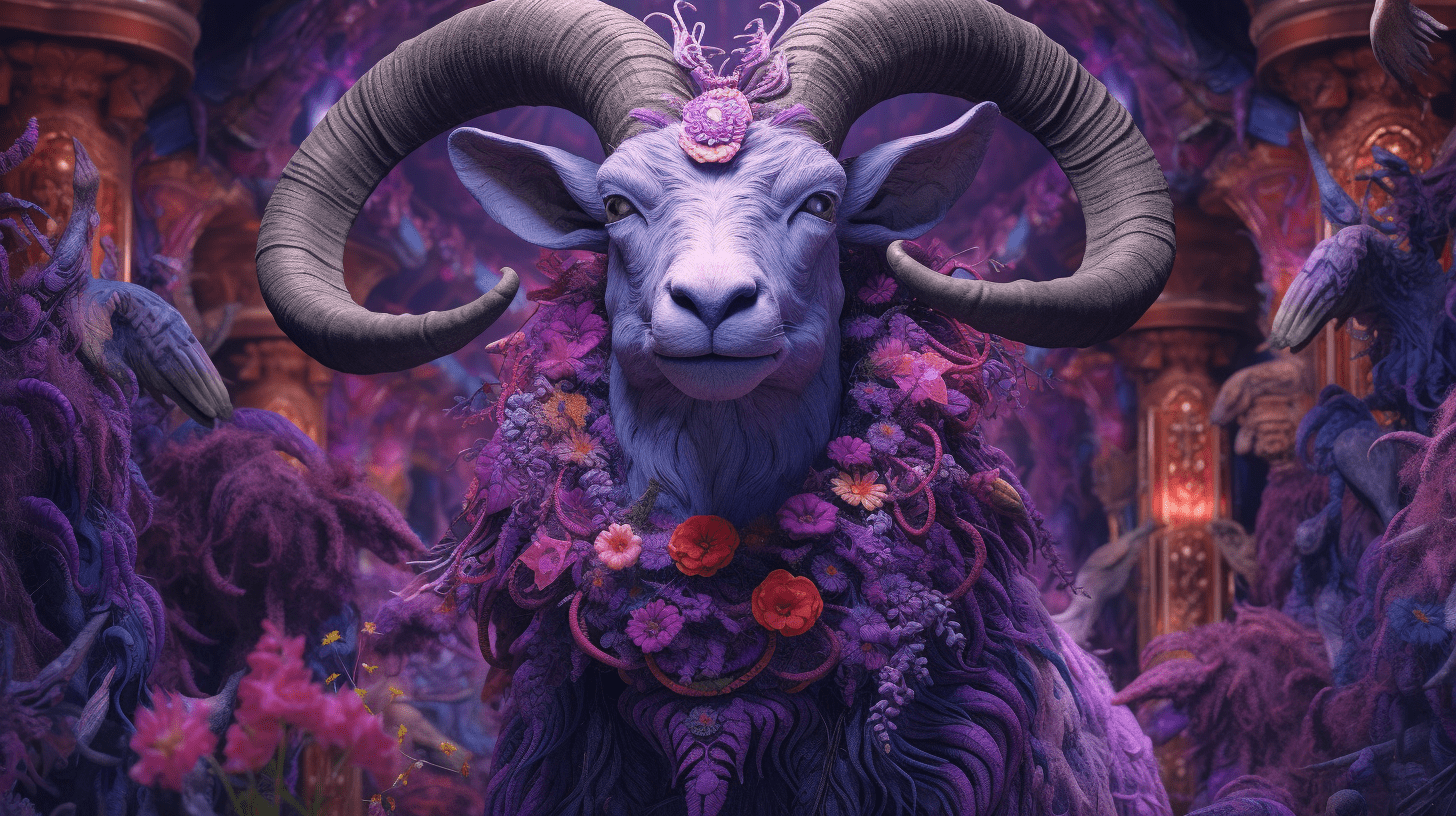The landscape of digital art has experienced a transformative shift with the advent of NFTs. These unique tokens have shaped the way we create and share digital art, fostering new forms of expression and creative possibilities. In this article, we will trace the history and evolution of NFT art, highlighting noteworthy examples that have contributed to shaping this dynamic field.

CryptoPunks: Origin of NFT Art
When it comes to the genesis of NFT art, the iconic CryptoPunks by Larva Labs hold a unique distinction. This pioneering project launched in 2017 and saw the creation of 10,000 pixelated characters designed using a 24×24 pixel art palette. Each Punk features unique characteristics, and this one-of-a-kind collection laid the groundwork for future NFT artists to experiment with generative art techniques.
Curio Cards: The First Art Trading Cards
Curio Cards were one of the earliest NFT projects that envisioned digital tokens as collectible trading cards. Released in 2017, the platform featured artwork from various artists, allowing users to collect, trade, and sell the digital cards. This groundbreaking project opened the door for other artists and platforms to explore similar concepts in the NFT space.
Rare Pepe: The Role of Meme Culture
While CryptoPunks and Curio Cards have played critical roles in the evolution of NFTs, the quirky and humorous Rare Pepe collection holds special significance in the history of NFT art. Born from the Internet’s meme culture, Rare Pepes are limited-edition digital trading cards inspired by the titular character from Matt Furie’s comic, “Boy’s Club.” Launched in 2016 on the Bitcoin blockchain, the project demonstrated the potential for NFTs to embrace various genres while engaging with popular culture.
Ai Weiwei and Kevin Abosch’s “PRICELESS”

In 2018, contemporary artist Ai Weiwei and conceptual artist Kevin Abosch collaborated on an NFT art project called “PRICELESS.” This innovative piece consists of two ERC-721 tokens that represent fractional ownership of a physical artwork that has been destroyed. As one of the earliest examples of physical art translated into digital tokens, “PRICELESS” raised important questions about the relationship between scarcity, value, and art in the blockchain era.
Trevor Jones’ “Picasso’s Bull”
In 2020, digital artist Trevor Jones created “Picasso’s Bull,” an NFT artwork that seamlessly combined the worlds of traditional and digital art. Inspired by Pablo Picasso’s “Bull” lithograph series, the piece features a digital painting of a bull that gradually dissolves into a collection of abstract shapes. By integrating elements of classic art and modern technology, Jones’ creation cleverly bridges the gap between traditional and contemporary forms of artistic expression.
Beeple’s “Everydays: The First 5000 Days”
Arguably one of the most iconic works in NFT art to date, Beeple’s “Everydays: The First 5000 Days” is a monumental digital collage showcasing a piece of art created daily for over 13 years. With its intricate layers of popular culture references, eye-catching designs, and incredible storytelling, this artwork captured global attention when it sold for an astonishing $69 million at a Christie’s auction in 2021, cementing NFTs’ place in the art world.
Eduard_Khil’s “The Making and Selling of NFT Art”
Eduard_Khil’s innovative YouTube video, “The Making and Selling of NFT Art,” explores the creative process behind making and selling digital artwork on blockchain platforms. The video includes the creation of an original digital painting and explains how the artwork is tokenized as an NFT. This intriguing example showcases the potential of interactive and multimedia creations in the evolution of the NFT art space.
A Digital Art Future

In conclusion, tracing the history of NFT art through these groundbreaking examples illuminates the transformative impact of digital tokens on the art world. As technological advancements continue to influence artistic expression, the range of possibilities for NFT art will no doubt continue to expand. Artists and collectors alike can take inspiration from these significant milestones in NFT history, embracing the potential for future collaborations, experimentation, and growth within the domain.
